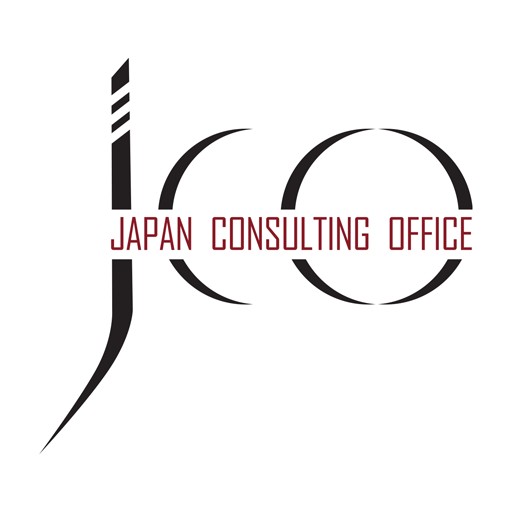
(This is the third part of the "Global Management essentials" series)
In this series, we explore business concepts that appear straightforward at first glance but are often interpreted very differently across cultures.
In the first two entries, we examined topics such as escalation and the role of managers in staff dismissals.
This time, we turn to the concept of micromanagement.
Recently, I had an interesting discussion with a European vice president. He explained that their Japanese president frequently said he disliked “micromanagement,” while at the same time requesting an enormous amount of detailed information on small topics across various departments.
This "contradiction" raises an important question:
Does “micromanagement” mean the same thing in different business cultures?
1. A global definition of micromanagement
To begin, let’s look at the English definition for reference.
Wikipedia (EN):
Micromanagement is a management style characterized by an excessive focus on observing and controlling subordinates and an obsession with details. It generally has a negative connotation, suggesting a lack of trust and too much focus on details instead of the “big picture.”
Interestingly, the Japanese definition on Wikipedia is essentially identical.
The difference may lie not in the word itself, but in how the concept is applied across cultures.
2. Why Japanese executives may not see their behavior as micromanagement
In traditional Japanese business culture, it is common for executives to expect and request detailed reporting across many departments—even those they do not directly supervise.
This practice is based in the horenso 報・連・相 approach:
- 報告 (reporting),
- 連絡 (information-sharing),
- 相談 (consultation).
Horenso, by the way also the Japanese word for "spinach", promotes continuous visibility and full awareness of ongoing developments. Especially for overseas subsidiaries, it also reflects the responsibility to keep HQ informed.
From this perspective, expecting/requesting detailed updates is not intended as control. Rather, it is seen as responsible leadership: “I want to stay informed so I do not overlook potential issues.”
As long as the executive does not instruct teams how to act, many Japanese managers do not view this as micromanagement. “Wanting to know what is going on everywhere” is considered normal risk prevention, not interference.
3. Why this may still be perceived as micromanagement globally
In global business cultures, the distinction between “I’m just asking how you plan to do it” and “Please do it this way” may be as clear.
When a president monitors operational details that non-Japanese executives typically leave to their management teams, the behavior may appear as:
- questioning competence,
- double-checking decisions,
- involvement far below executive level.
Often this results in the Japanese executive working excessively long hours to follow "trivial" details can reinforce the impression of insufficient trust as well as inefficiency. Thus, even if the intention is risk avoidance, the impact can strongly resemble micromanagement for many non-Japanese professionals.
4. Takeaways for both sides
For Japanese managers
Understanding of these two global leadership expectations is crucial:
1. “Time is money.”
Executives are expected to focus on strategic topics. Spending time on operational details is often viewed as inefficient and counterproductive.
2. “Ownership of work.”
Frequent checking—regardless of intention—can easily be interpreted as a lack of trust.
For non-Japanese colleagues
Understanding the background helps avoid misinterpretation:
- Horenso seeks complete process visibility, not control.
- Detailed updates are meant to reduce risk and uncertainty, not to undermine autonomy.
- Monitoring does not automatically imply distrust in a Japanese context.
For all sides
A discussion of mutual expectations, reporting needs, and definitions of “appropriate involvement” is essential for reducing misunderstandings and improving efficiency and trust.
JCO offers workshops designed specifically to help Japanese and non-Japanese colleagues align these perspectives.




